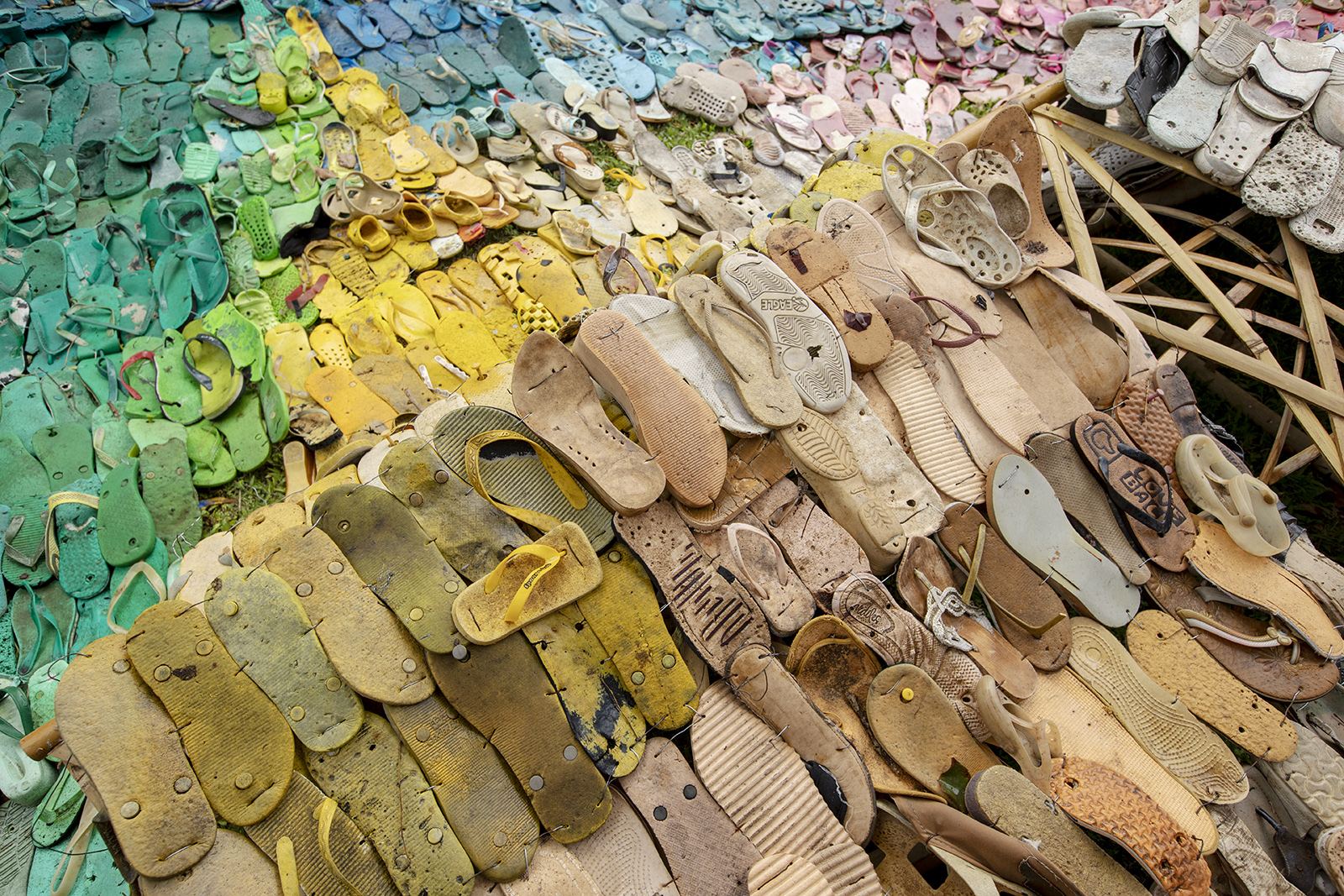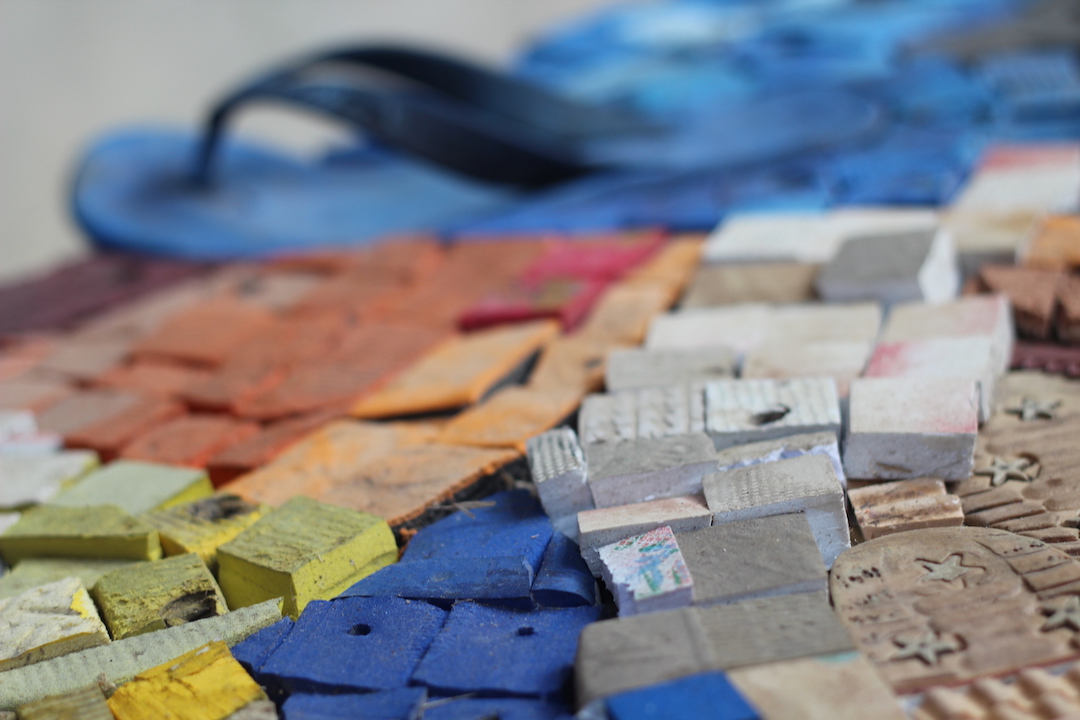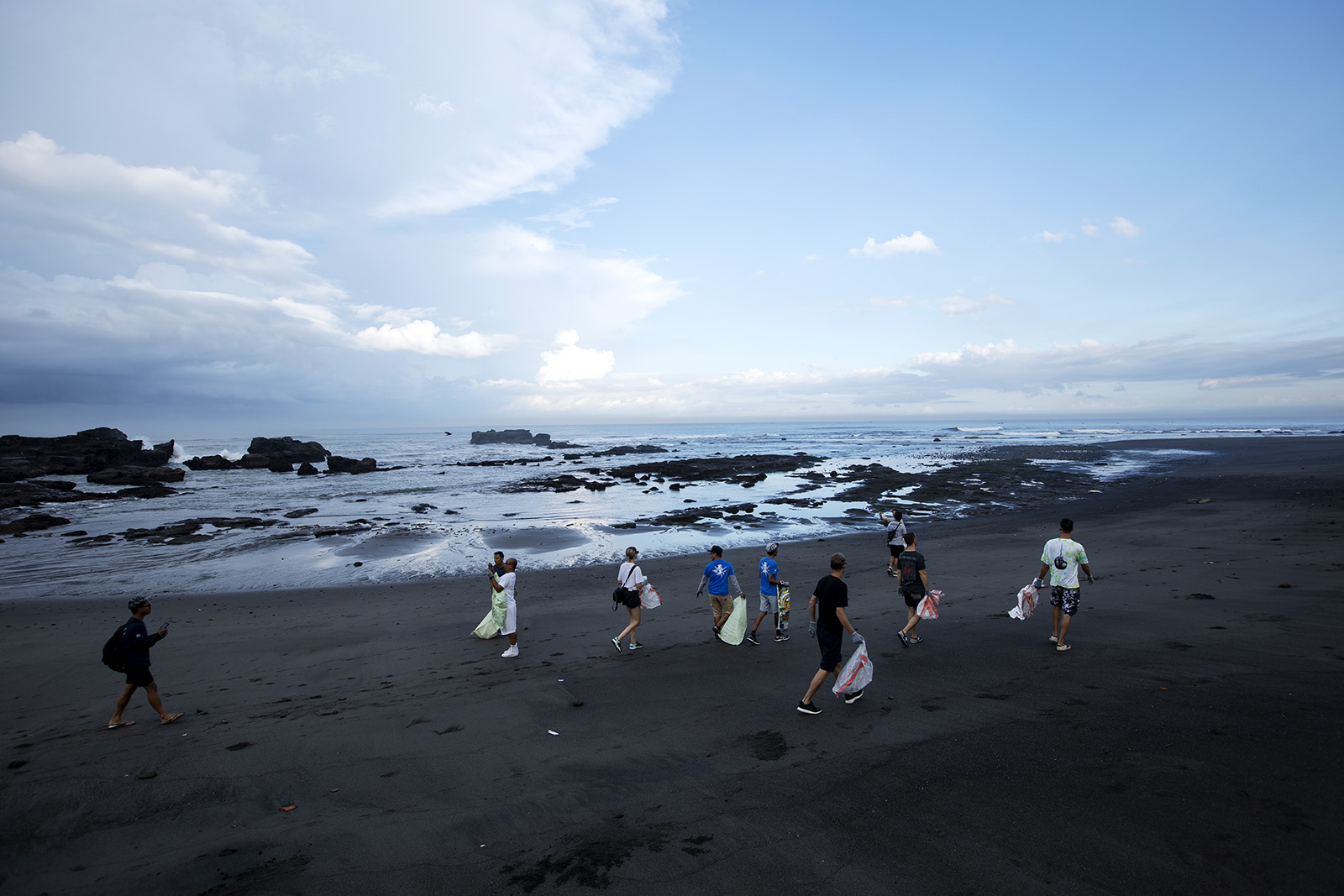ART & ACTIVISM
…or what happens when you let the apocalypse look like a rainbow?
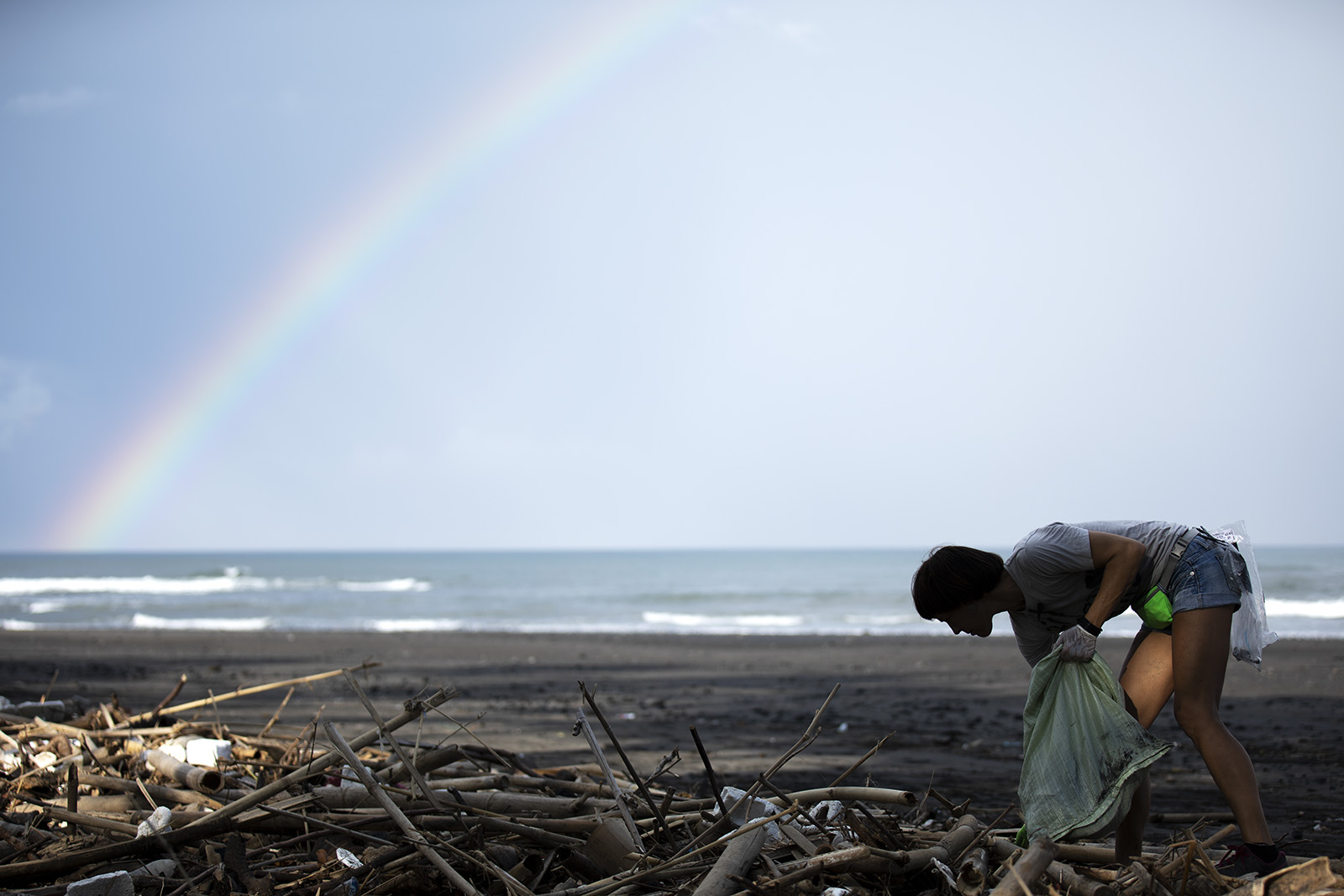
In the right context, repetitions can be a beautiful thing – or to put it another way, less can indeed be more. So the tradition of the so-called “Three questions” – an easy way of finding out what it is that drives artists in their work – seems a natural fit for Coeur et Art. Accordingly we will be asking artists, curators, designers, writers and other creatives three such questions in future.
Consider the three questions as a catapult into the mind and viewpoints of the protagonists. All you have to do is read, watch the images arising before your inner eye and let your heart go vroum!
As Pablo Picasso once said,
Everything you can imagine is real.
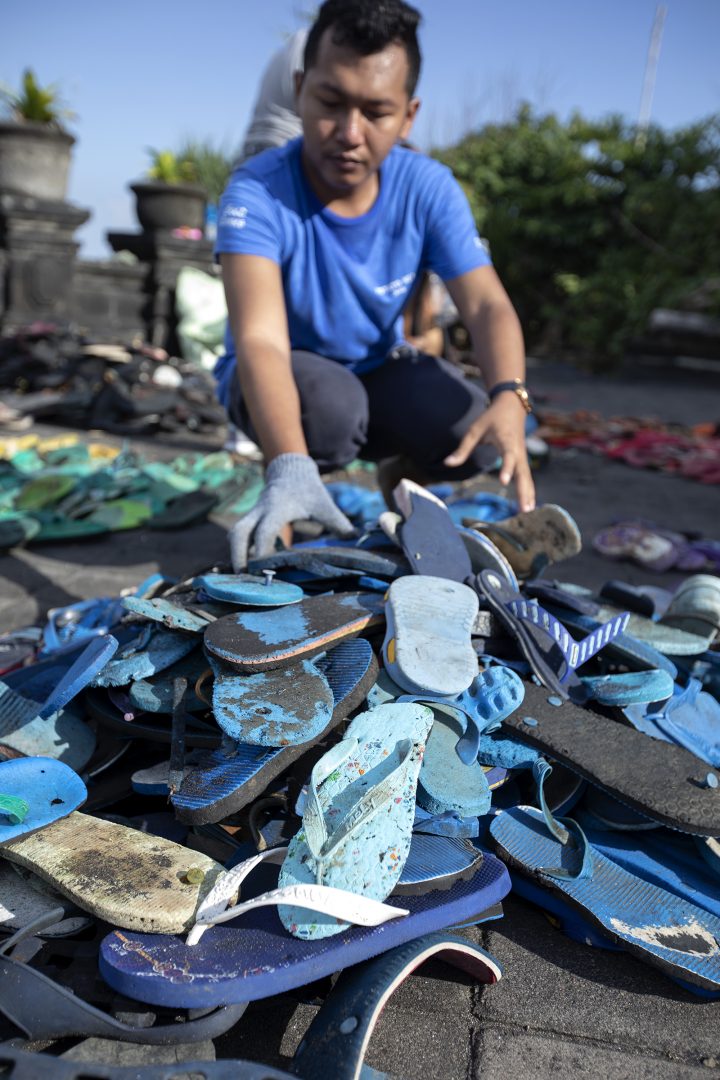
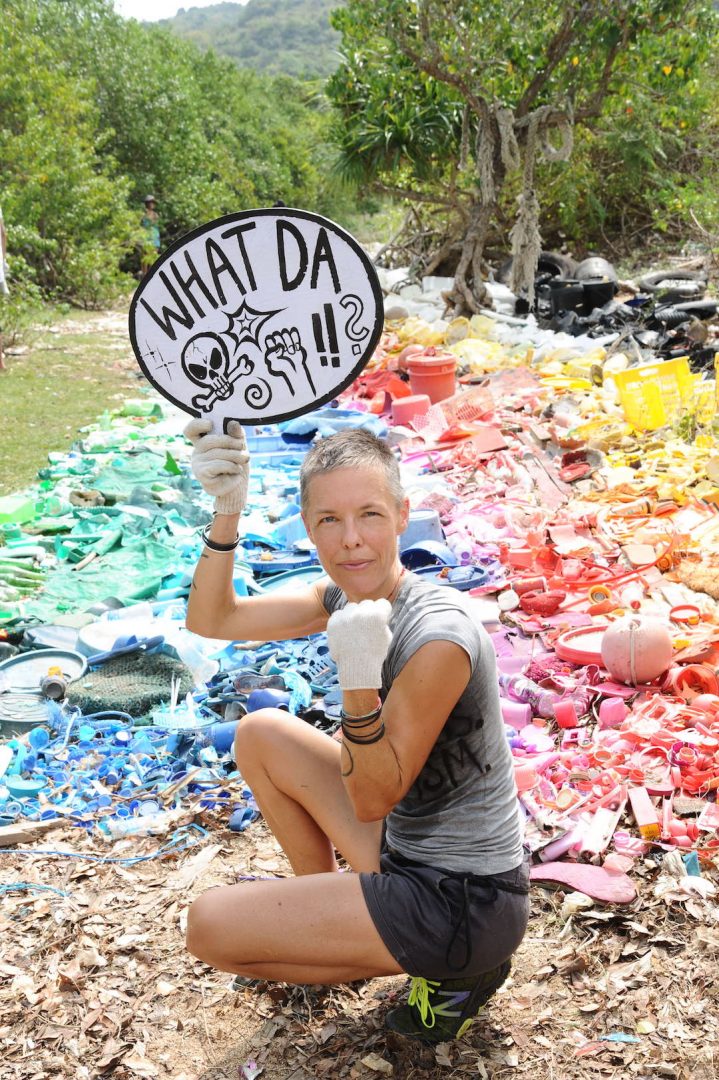
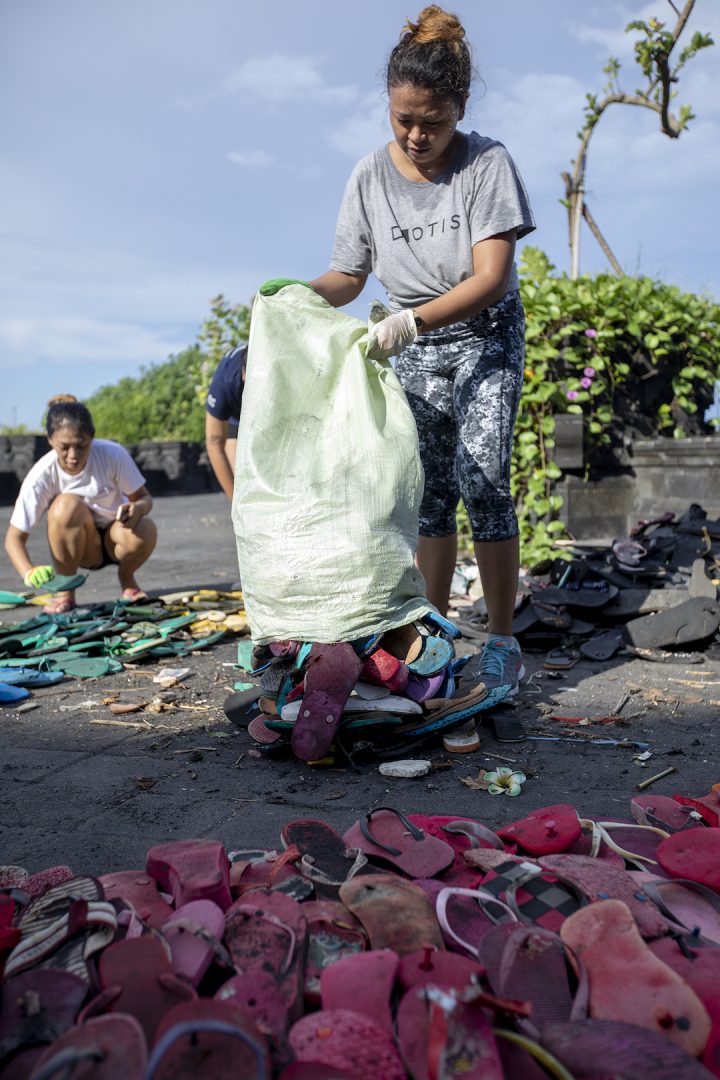
Now living in Bali and Hong Kong, Klauss started her passionate and artistic fight against plastic pollution in 2011 in Hong Kong.
It was then when we met for the first time. I still remember the tattoo on her arms. Two half circles, one on each lower arm, that built a perfect circle when the arms are put together. This image gives you the best idea of who Liina is and what drives her. Her art is driven by her deep love for our planet, and by her longing to create a harmonic relation between nature and human.
You may say she is a dreamer, but John Lennon would add … she is not the only one.
Since 2011 she has organized more than 30 of Curating the Beach outings, an artistic way of beach cleanups where the collected Marine debris is not hidden but colorfully presented to rise awareness. For participants “There is no ”away” becomes a tangible reality when seeing a beach polluted by plastic and other man-made debris. Last year Klauss teamed up with potato head Bali to install a visually appealing, permanent landmark installation called “5000 lost soles”. Together with Potato Head Beach Club’s team, Liina Klaus went along the shore to pick up one specific item: flip-flops. In a period of 6 beach clean ups, the team was able to salvage 5000 pieces. Just Imagine!
The search for the next 10.000 lost soles as already started.
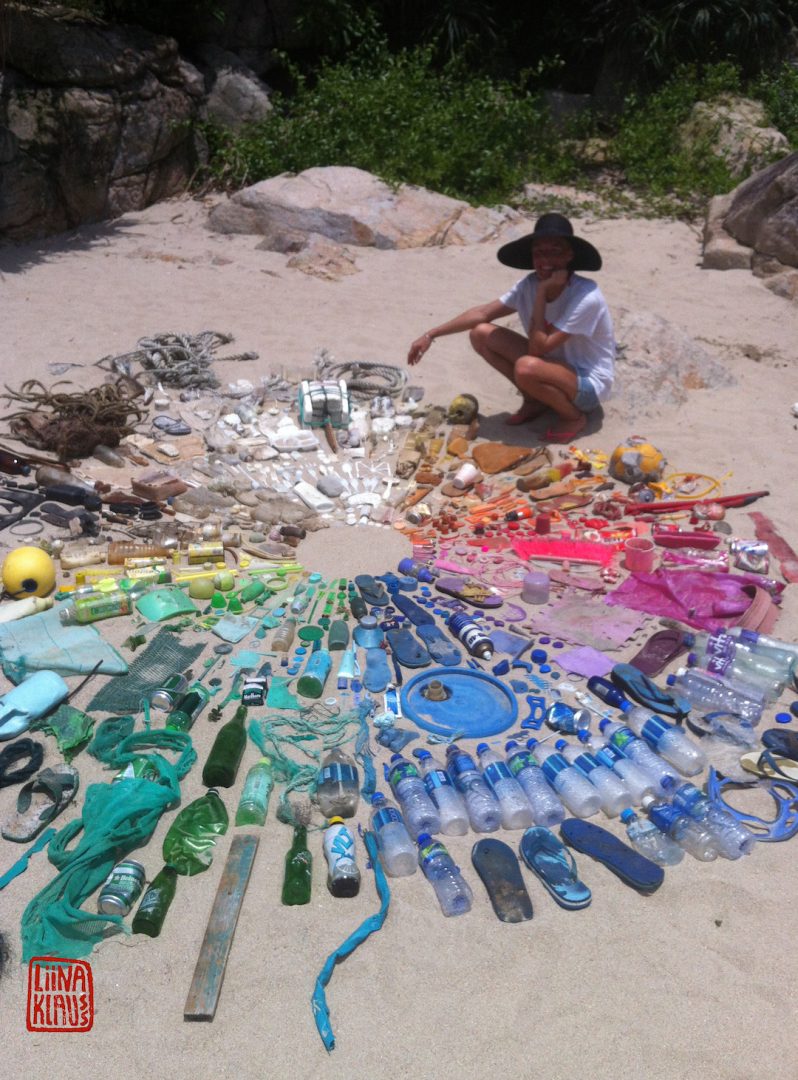

Interview
1. Aesthetics and Process aside, which emotion you want to trigger with your work and why?
I want to trigger an emotional connection between human and nature. By that I mean direct undeniably profound emotions. This connection does not happen when you passively look at my artwork though. It happens when you participate in so-called ‘curating the beach’ events, when you get dirty, sweaty and dig deep in the shadow sides of this throw-away culture. ‘curating the beach’ is the source of all my installations: physically showing up on a polluted beach, facing the man-made apocalypse of destruction of the natural world and doing something about it.
Emotions range from disgust, anger, helplessness, anxiety, guilt and blame and in the best case scenario, get transformed into curiosity, creativity, wonder and a sense of empowerment and peace. There is something in the process of using your own hands, of facing the dark sides of humanity and showing up vulnerable and innocent that triggers healing and deep connection with nature.

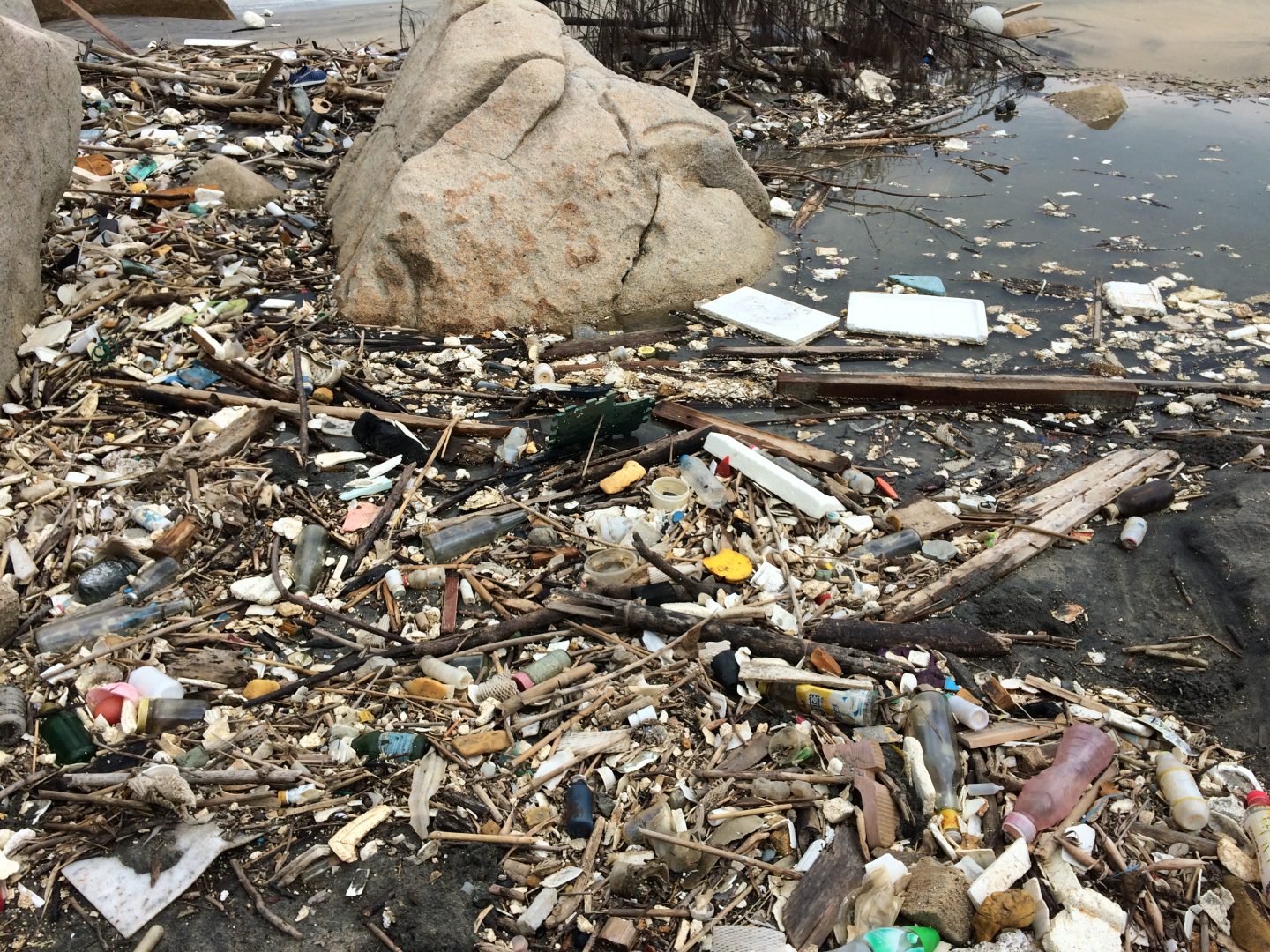
This deep connection with nature cannot be felt when merely looking at art. Take for example ‘5000 lost soles’ at Potato Head beach club in Bali: perceiving this installation made from 5000 discarded flip-flops usually triggers awe, disbelief/denial and disgust. Then usually this same question comes up: ‘where do all these shoes come from?’ which is answered with usually ‘the others’ (blame), not me (denial).
Ideally I want to bridge the perception of ‘mine’ and ‘yours’, which boils down to the emotions guilt (mine) and blame (yours). The objects that I use are ‘the others’ in their accumulation but they are ‘mine’ in their singularity. What I want to get to is ‘ours’: our responsibility as humans; a perception of our deeds as accumulative and significant, no matter how small or big;
..the recognition of our mistakes but also the recognition of our power to creatively shape and innovate and alter the path of destruction that we are on.
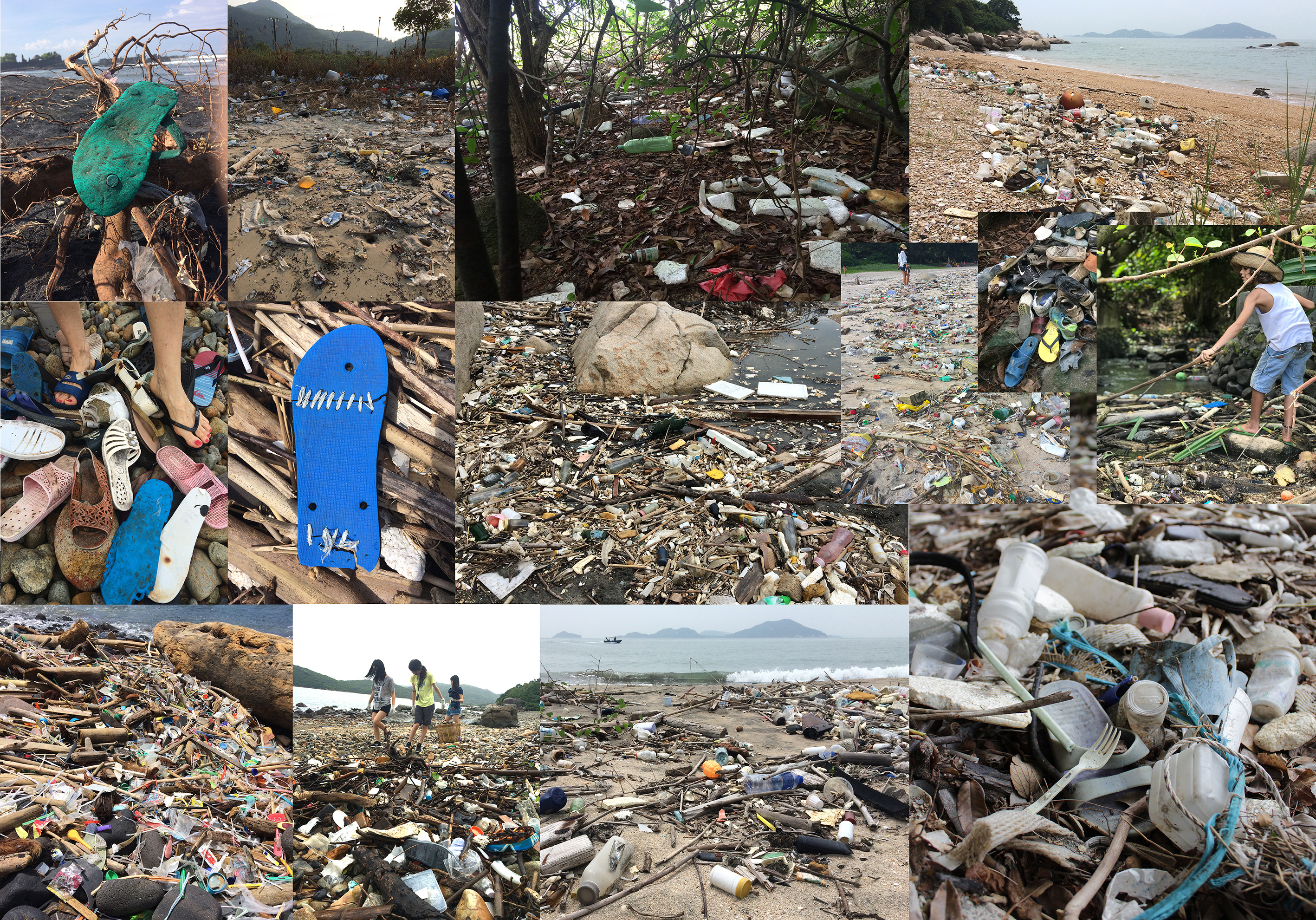
2. If you could change something in the (art) world, what would it be?
I would like to reword the question: we are constantly changing the (art) world, what am I, what are you/we changing? The art world is a reflection of the consumer world. We have built a system on money and on accumulation of goods rather than on sharing and flow. The art world has become a stock market and somehow we have tricked ourselves into believing that this would make us happy. I am changing that system within the radius of my reach by giving experiences to people rather than finished products. The finished product, the art installation, is just a small part of the whole process.
Joseph Beuys had a similar vision with his ‘social sculptures’. I share his belief that we can change society through art.
As individuals we have the ability to come back to authenticity and a meaningful and happy life. And with happiness I mean a deep profound emotion of connection and joy, not superficial convenience, saturation and time-efficient consumption.
Happiness doesn’t come neatly packaged out of a polished shopping-mall.
Happiness cannot be manicured. I’ve seen it flow in a clear mountain stream, reflect from a piece of driftwood and play in the wilderness of an abandoned train track. It is always there, just waiting for you to show up.
3. The future is…now
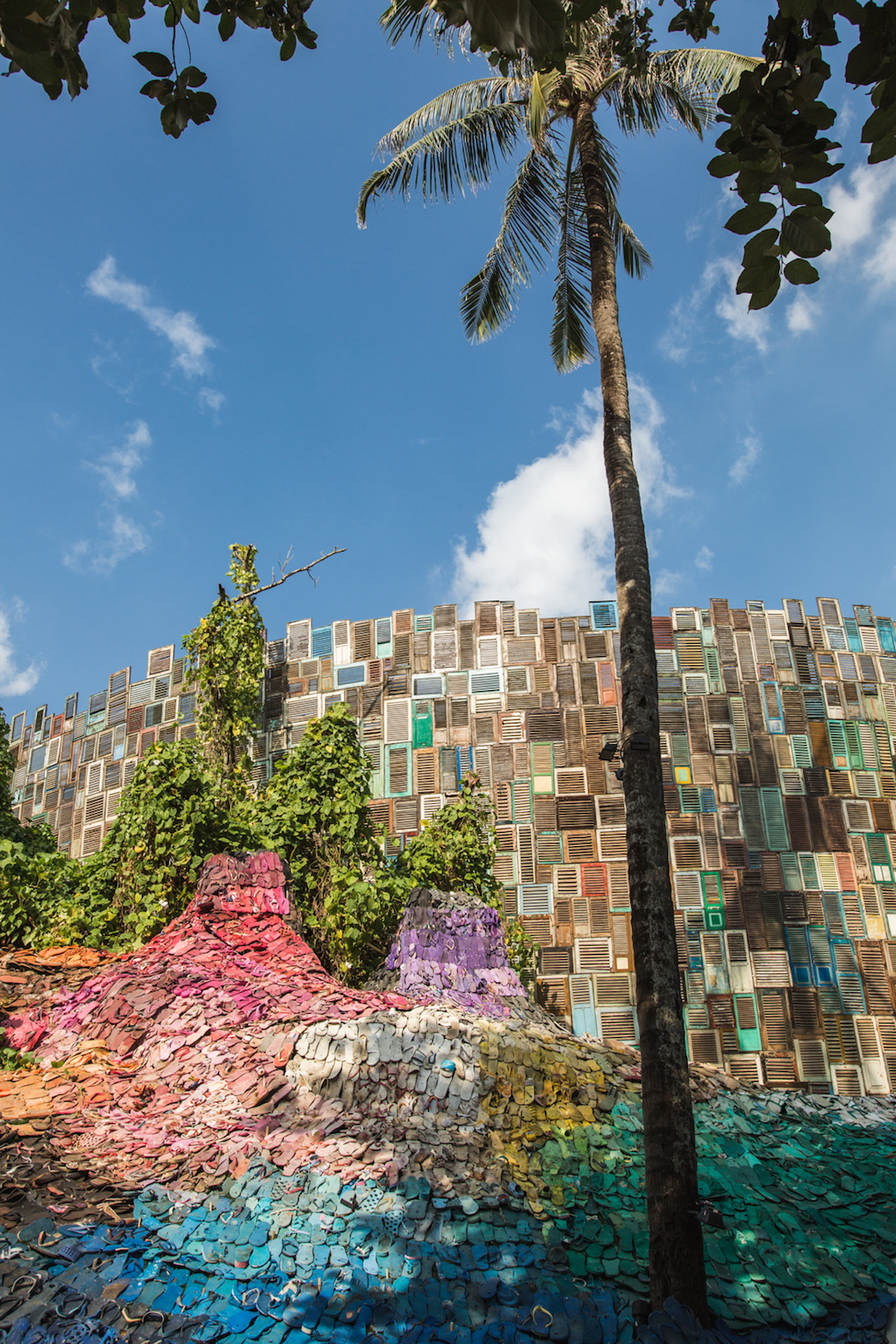
GET INVOLVED and help Liina Klauss
I’m embarking on a new project—better yet, we are. The goal is to collect 10,000 shoes from the shorelines, mountains, and forests of Hong Kong. This continues the land-art project “1,000 Lost Soles,” begun in 2015, when we used 1,000 shoes to create a circle at the Pui O wetlands—an endangered ecosystem on Lantau Island. It is alarming how overproduction and overconsumption in our industrial age have spun out of control; human-made objects now turn up not only in cities and homes but also floating in the sea, buried in the earth, and scattered across natural landscapes.
Help collect and be part of a bigger picture: raise awareness, value more and waste less, become the solution you want to see in the world, connect with others, and simply be in nature. Collection points on Lantau Island, Hong Kong, are Lo Kei Wan Beach, Pui O Pebble Beach, and Tai Long Wan Beach. This “trash-land-art” initiative challenges not only our perception of art but also our behavior as consumers and our responsibility toward nature..
More info on www.facebook.com/artofliinaklauss
Author: Inga Nelli
Follow Liina Klauss on Instagram.

